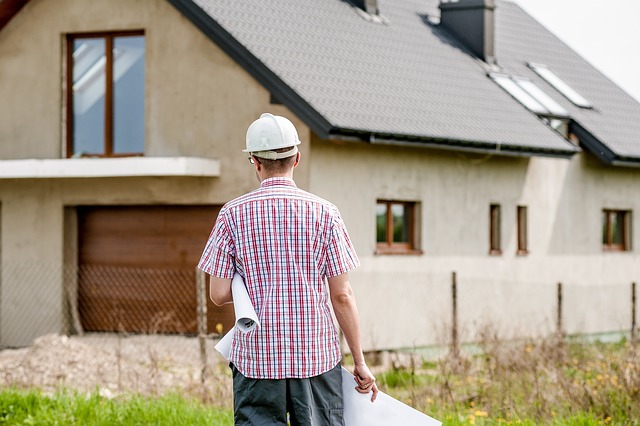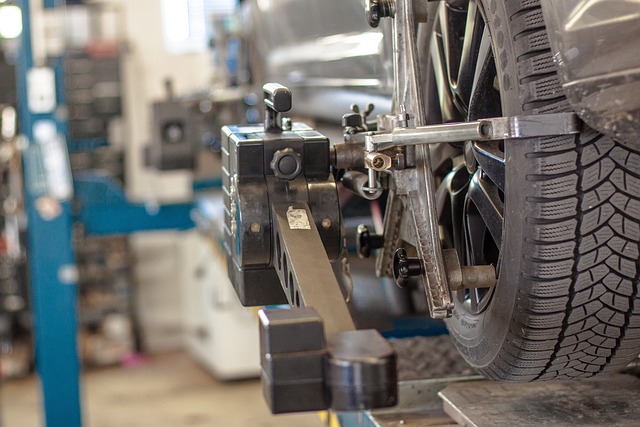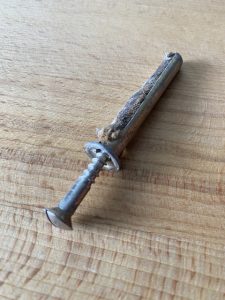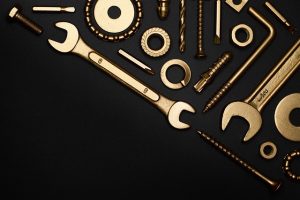Home Appliance Installation & Repair: A DIY or Expert Guide to Maintenance
Homeowners must diligently follow detailed guidelines for safe and efficient appliance installation,…….

Homeowners must diligently follow detailed guidelines for safe and efficient appliance installation, considering technical requirements like power usage, water connections, spatial needs, and ventilation. Adherence to manufacturer instructions is crucial for compatibility with electrical and water supply systems, especially for fire-risk appliances such as dryers and ovens. Regular home repair and maintenance are key to preventing issues from substandard installations, involving checks on electrical connections, water lines, filters, and vents to lengthen appliance lifespans and protect property integrity. A systematic approach to troubleshooting common household appliance issues is essential, with solutions ranging from resetting circuit breakers for power supply problems to cleaning condenser coils for cooling malfunctions. While some repairs can be tackled by homeowners, complex electrical issues or gas line problems require professional intervention for safety and effectiveness. Engaging skilled technicians for routine maintenance extends appliance lifespans and improves performance, potentially saving costs. For less critical repairs, consulting official user manuals or online resources can provide guidance, but when in doubt, professional home repair and maintenance services are the safest and most reliable choice to ensure a well-functioning and safe household environment.
Navigating appliance installation and repair is pivotal for homeowners aiming to maintain a smoothly functioning household. This article delves into the critical aspects of safely installing appliances, pinpoints common malfunctions in various appliances, and guides you through effective troubleshooting steps. Additionally, it outlines the best practices for deciding between DIY solutions and professional assistance in home repair and maintenance scenarios. With the right knowledge, you can ensure your appliances operate at peak efficiency, enhancing your living environment’s reliability and comfort.
- Understanding the Essentials of Appliance Installation for Homeowners
- Troubleshooting Common Issues in Appliance Repair: A Step-by-Step Guide
- Professional Maintenance and Repair Services: When to DIY vs. Call an Expert
Understanding the Essentials of Appliance Installation for Homeowners

When tackling appliance installation, homeowners must be well-informed to ensure safe and efficient operation. Proper installation is not just about connecting a machine to electricity and water supplies; it involves a comprehensive understanding of the appliance’s specifications, including its power requirements, water connections, space considerations, and ventilation needs. Homeowners should always refer to the manufacturer’s guidelines for precise instructions. It’s crucial to ensure that the electrical outlets can handle the appliance’s voltage and amperage demands. Similarly, water lines must be adequately sized to supply the required flow without putting undue stress on the plumbing system. Additionally, installing appliances like dryers or ovens requires careful attention to ventilation to prevent gas buildup or fire hazards. Regular home repair and maintenance can prevent issues arising from improper installation. This includes periodic checks of electrical connections, sealing of water connections, and cleaning or replacing of filters and vents. By adhering to these practices, homeowners not only extend the lifespan of their appliances but also safeguard their property against potential damages. Understanding the essentials of appliance installation is key to maintaining a well-functioning household, which in turn contributes to home repair and maintenance best practices. It’s an investment that pays off by ensuring the safety and efficiency of your home environment.
Troubleshooting Common Issues in Appliance Repair: A Step-by-Step Guide

When faced with malfunctioning appliances, prompt troubleshooting is key to maintaining a well-functioning home. Home Repair and Maintenance practices often begin with identifying the issue at hand. For instance, if an appliance isn’t turning on, one should check for tripped circuits or resettable circuit breakers. If power supply issues are ruled out, the focus shifts to inspecting the appliance’s electrical connections, ensuring they are secure and free from corrosion. Similarly, a refrigerator that is not cooling may require cleaning of the condenser coils, checking the thermostat settings, or verifying that the door seal is intact and functioning properly. Regular Home Repair and Maintenance routines can prevent many common issues by catching minor problems before they escalate. It’s important to approach each appliance repair methodically: start with the most likely causes, such as power supply or connection issues, and proceed systematically through potential problems until you identify and rectify the malfunction. Always adhere to safety precautions and consider consulting a professional if the issue persists or involves complex systems like gas lines or intricate electrical circuits.
Professional Maintenance and Repair Services: When to DIY vs. Call an Expert

When household appliances malfunction, homeowners face a decision: tackle the issue themselves or call in professional maintenance and repair services? While some repairs are straightforward and may be within the scope of a DIY enthusiast’s skill set, others require the expertise of a seasoned technician. For instance, when complex electrical issues underlie appliance problems, safety should be the top priority, prompting a call to experts well-versed in home repair and maintenance. Professionals can quickly diagnose the problem, ensuring that repairs are completed correctly and efficiently. Moreover, engaging with professional services for routine maintenance helps prevent minor issues from escalating into major malfunctions. Regular upkeep by experienced professionals extends the lifespan of appliances and maintains their performance, ultimately saving homeowners time and money in the long run.
On the other hand, simple repairs such as replacing a worn-out gasket or cleaning a clogged filter can often be accomplished without professional intervention, provided the individual has basic knowledge of the appliance and its components. However, even for these seemingly straightforward tasks, it’s wise to consult user manuals or online resources from reputable sources to ensure that the repair is both safe and effective. In all cases, when in doubt, homeowners should err on the side of caution and seek out professional home repair and maintenance services to avoid potential harm and to guarantee the proper functioning of their appliances.
When it comes to maintaining the efficiency and longevity of household appliances, homeowners have two key options: DIY maintenance and repair, or professional services. This article has delved into the essentials of appliance installation for homeowners, offering a clear understanding of the steps involved to safely integrate new devices into your living space. It has also provided a detailed guide on troubleshooting common issues in appliance repair, empowering you with knowledge to address minor malfunctions without expert intervention. However, recognizing the complexity and potential risks associated with certain repairs is crucial for deciding when to opt for professional home repair and maintenance services. Ultimately, whether you choose to tackle appliance issues on your own or seek assistance from a trained technician, the goal is to ensure your appliances operate at their best, contributing to the overall well-being and comfort of your home environment.







